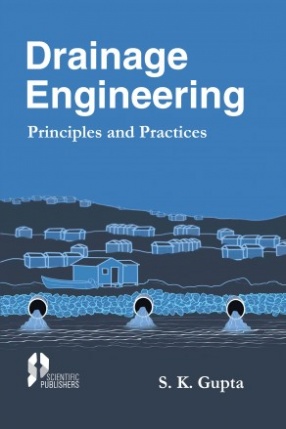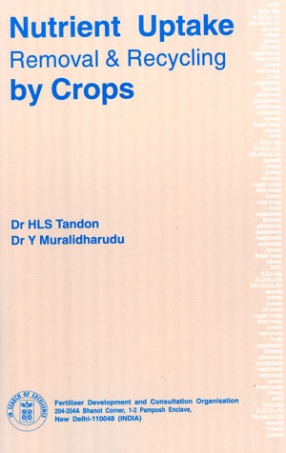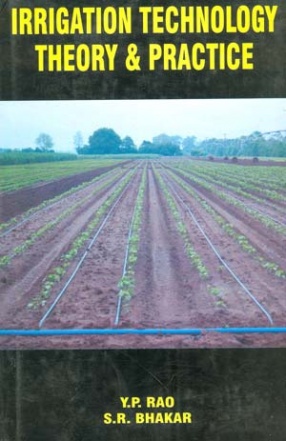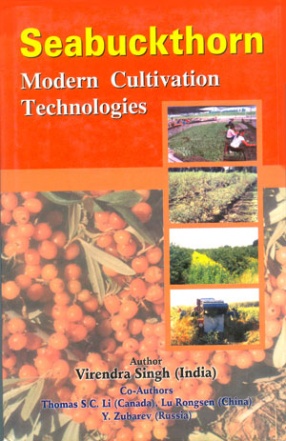Drainage Engineering: Principles and Practices
The current book attempts to fill the gap in one of the major subject of land drainage that will have a major impact on production and productivity of irrigated lands. The book Titled `Drainage Engineering: Principles and Practices` deals with the subject of surface and subsurface drainage to reclaim waterlogged salt affected soils. Based on the course curricula as suggested by Deans´ committee constituted by ICAR, the current publication has been divided into 11 Chapters covering all the facets of land drainage as applied to agriculture. Each chapter covers one of the related issues beginning with general introduction to water logging, soil salinity and land drainage in Chapter 1.Surface drainage methods, an essential intervention in monsoon climatic regions and as supplement to the subsurface drainage are included in Chapter 2. Drainage investigations, a precursor to problem diagnosis and to assemble the drainage design parameters are included in Chapter 3. The drainage design procedures such as assessment of drainage depth, spacing and capacity of drains forms the subject matter of Chapter 4. While drainage materials are discussed in Chapter 5, drainage construction procedures and methodologies to monitor and evaluate completed projects are included in Chapter 6. Some of the new drainage techniques such as mole, interceptor, vertical and bio-drainage have been included in Chapter 7 since these can either be applied singly or in integration with horizontal subsurface drainage. Chapters 8-10 deal with reclamation of salt affected soils, acid soils and management of saline water. Eco-friendly reuse and disposal of saline drainage water also form the subject matter of discussion of Chapter 10. Cost calculations, socio-economic and environmental issues associated with drainage projects have been included in final chapter 11. Glossary of terms has been added for quick overview of the terms used in the book. Clearly, each and every aspect of surface and subsurface drainage for agricultural lands has been covered in the book. Besides covering the principles of land drainage, field practices have been included making the book a handy tool for specialized training programmes on land drainage. It is believed that the book will find its place in the shelves of students and teachers, field functionaries and libraries of state agricultural universities and civil engineering colleges.
Contents: Preface. 1. Water logging – soil salinity and drainage. 2. Surface drainage methods. 3. Drainage investigations. 4. Design of subsurface drainage systems. 5. Drainage materials. 6. Construction and evaluation of systems. 7. Special drainage technologies. 8. Salt affected soils: reclamation and management. 9. Reclamation and management of acid soils. 10. Characterization and management of saline water. 11. Economic analysis and socio-environmental issues. Annexures. Glossary. References. Answers to objective type questions. Conversion tables. Subject index.
Get it now and save 10%
BECOME A MEMBER







Bibliographic information